-

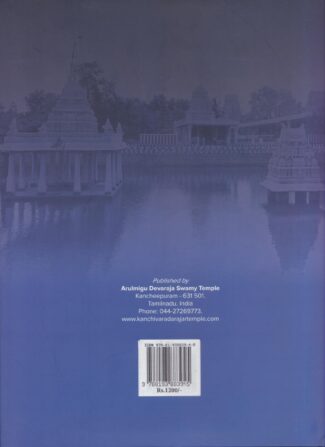
Atthigiri...
Atthigiri
Splendour of the Devaraja Swamy Temple by: Chithra Madhavan$27.00
Details
ISBN: 9788193883945
Year Of Publication: 2019
Edition: 1st
Pages : 150
Language : English, Tamil
Binding : Hardcover
Publisher: Universal Publishing
Size: 30
Weight: 890
Overview
This book, published on the auspicious occasion of the rising of Atthi Varadar, contains a concise account of the Sthala-Puranam, the role of many Srivaishnava Acharyas. architecture, sculptures, inscriptions paintings, music, prasadam and festivals of the ancient and sacred temple of Varadaraja Perumal in Kanchipuram.

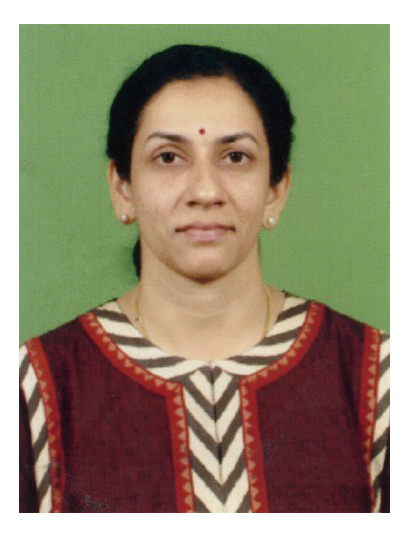

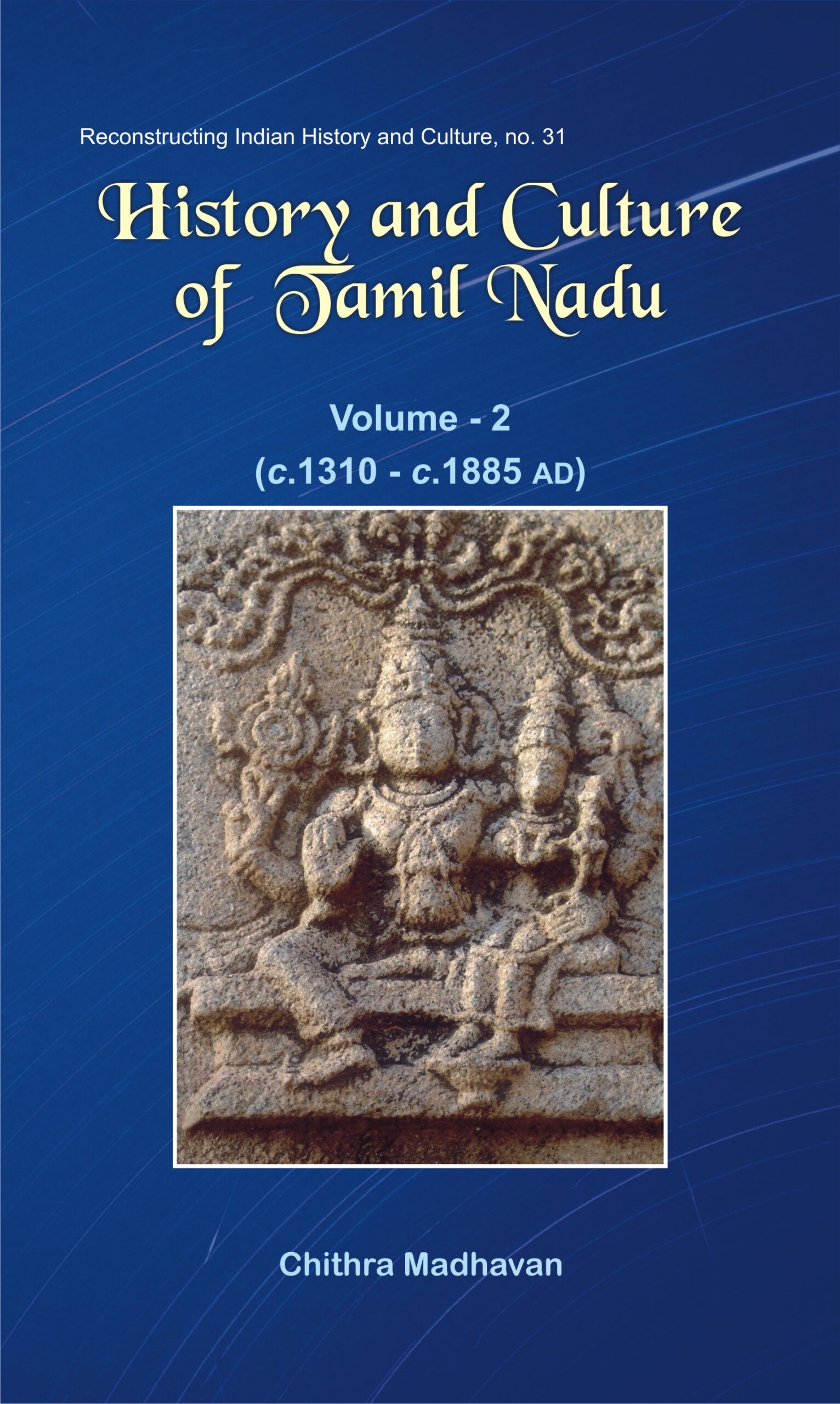



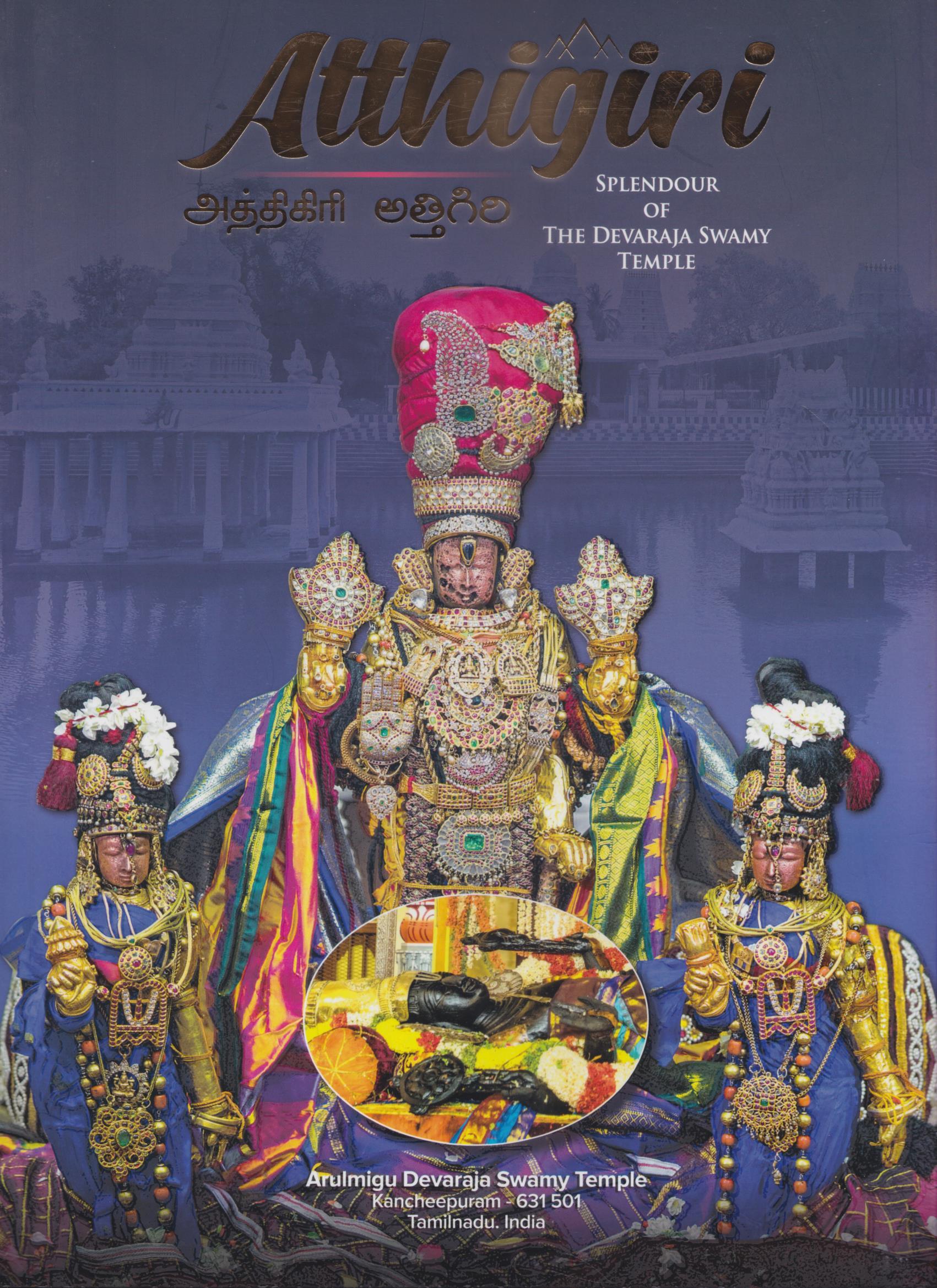
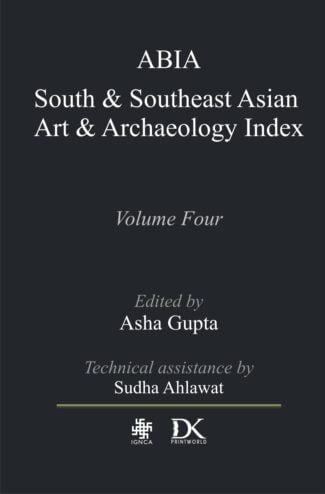
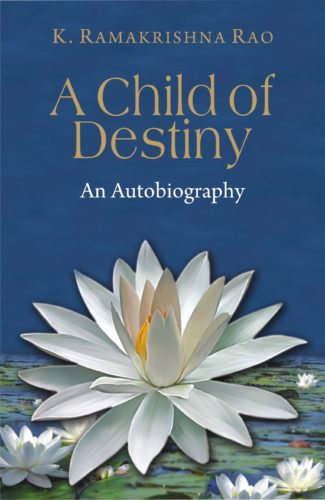
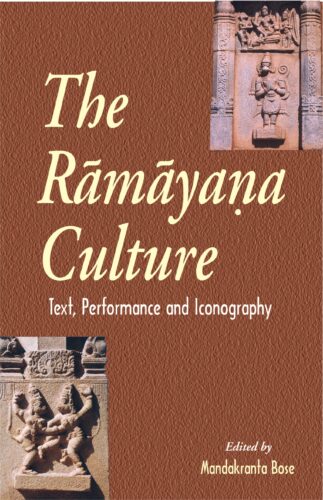
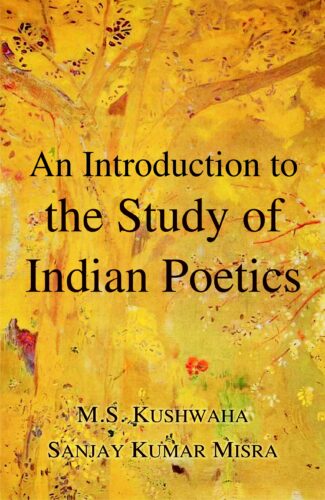
There are no reviews yet.